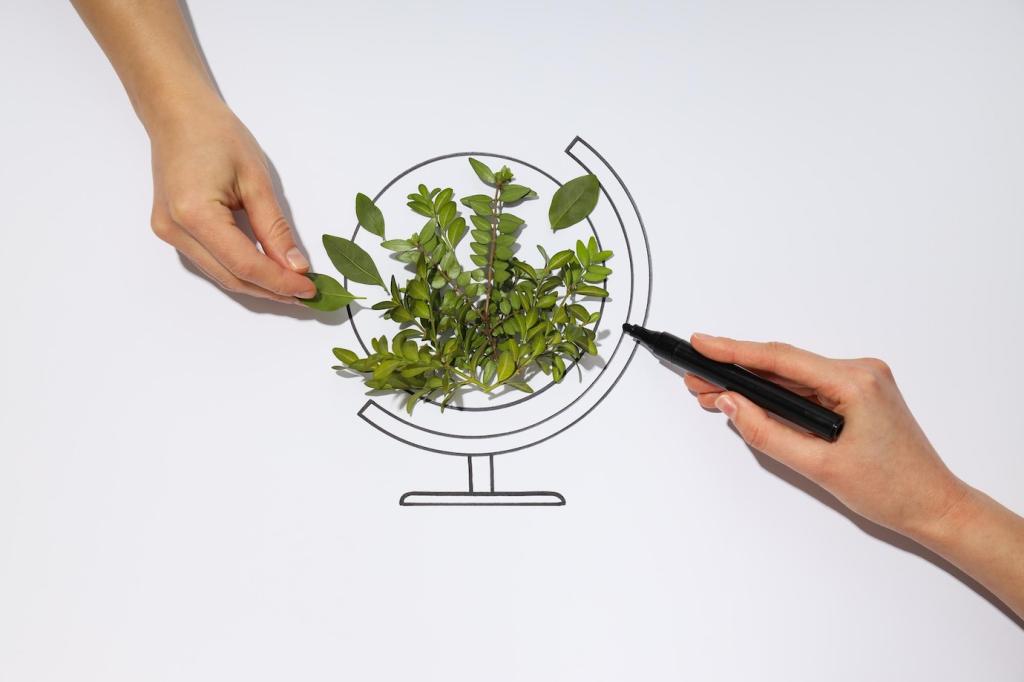Core Principles for Biophilic Architecture
Prioritize living systems you can touch, hear, and smell—courtyards, terraces, operable windows, street trees. Authentic encounters beat token pot plants, strengthening daily relationships with seasons, weather, and nonhuman neighbors.
Core Principles for Biophilic Architecture
Use wood, stone, and low-toxicity finishes paired with fractal patterns, biomorphic forms, and daylight modulation. These indirect cues echo natural complexity, subtly lowering stress while complementing direct vegetation, water, and light.







